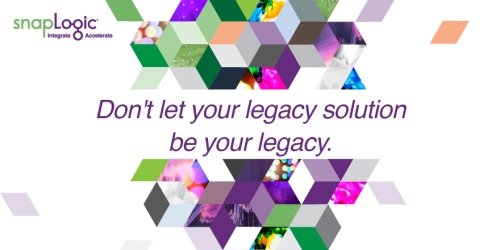 In my last post, I wrote about the new data integration requirements. In this post I wanted to share a few points made recently in a TDWI institute interview with SnapLogic founder and CEO Gaurav Dhillon when he was asked:
In my last post, I wrote about the new data integration requirements. In this post I wanted to share a few points made recently in a TDWI institute interview with SnapLogic founder and CEO Gaurav Dhillon when he was asked:
What are some of the most interesting trends you’re seeing in the BI, analytics, and data warehousing space?
There are three trends that I believe are fundamentally changing the world of data.
The first is the shift to the cloud. Rapid provisioning, ease of use, and cost are just a few of the drivers as data gravity continues to shift.
(Data gravity means that when a large data set is sitting in a large Hadoop or Splunk instance in an on-premises system, it doesn’t make sense to load all that data into the cloud to run analytics functions. Instead, one would ship the function to the data and return results. Being able to do this seamlessly can greatly simplify integration pipelines.)
Also driving this trend is the fact that cloud data warehousing and analytics have moved from rogue departmental use cases to enterprise deployments.
The second trend is the data lake and how to complement, extend — and in some cases replace — the traditional data warehouse with a reference architecture that is built to handle all new and future sources and enable more proactive and predictive analytics.
The third trend is the Internet of Things (IoT). It’s already happening today in some industries with data velocity, variety, and, of course, volume. What’s more important, though, is the kinds of analytics and insights that will become possible because of IoT sensors, wearables, and devices — once organizations figure out how to separate signal from noise through the right data management techniques.
He was also asked about the drivers for modern integration platforms, whether you call it iPaaS or HIP or something else:
- The end of the ETL and ESB cycle
- The need for speed
- Hybrid infrastructure
Be sure to check out the entire interview and share your feedback.


![Hosted by imgur.com [Infographic] Why Are CIOs Getting SMACT?](https://i0.wp.com/i.imgur.com/LHWlQpM.jpg)